Main gate of Ho Citadel.
Heritage values
After 10 years of being recognized by UNESCO as a world cultural heritage (2011-2021), Ho Dynasty Citadel has preserved and promoted its inherent value, conducted many excavations and found many valuable data, contributing greatly to the restoration and embellishment of this "unique" stone citadel.
Ho Dynasty Citadel (also known as Tay Do Citadel) was built by Ho Quy Ly in 1397 in Vinh Long and Vinh Tien communes, Vinh Loc district, Thanh Hoa province. The citadel was built after Ho Quy Ly moved the capital from Thang Long citadel to Thanh Hoa.
A section of stone wall.
The citadel is one of the most unique stone architectural works in Vietnam and the world and is considered one of the best defensive works in Southeast Asia.
Mr. Nguyen Ba Linh, Director of the Ho Dynasty Citadel World Heritage Center, said: Since becoming a world heritage, Thanh Hoa province has always identified this as one of the important tasks in implementing the strategic commitment to preserve and promote the value of the Ho Dynasty Citadel heritage. Including implementing a plan to preserve and effectively promote this unique heritage when combined with tourism . Accordingly, in the period from 2011-2021, Ho Dynasty Citadel has focused on priority, especially the research and excavation of relic sites in the Inner Citadel, the Moat, the Nam Giao altar...
Specifically, the Center coordinated with the Vietnam Institute of Archaeology to organize a conference to report on the preliminary results of the excavation of the Ho Dynasty Citadel in 2020. The excavation discovered many new documents contributing to the study of the architecture of the Ho Dynasty Citadel through historical periods in the Main Hall area and the East of the citadel, serving the research project and restoring the architectural vestiges of the Ho Dynasty Citadel. Thereby, continuing to affirm the great and outstanding value of the World Cultural Heritage of the Ho Dynasty Citadel.
A place for artifacts during archaeological excavations.
The archaeological excavation of the Ho Dynasty Citadel in 2020 was carried out in 2 excavation pits with a total area of 8,000m2. The excavation pit is located in the center of the Ho Dynasty Citadel, the ground level of the pit runs along the North - South direction, dividing the excavation pit into two different levels. In the middle is the highest area, popularly known as King's Base - the high platform area in the excavation pit with an area of about 20x5m; the second platform is about 1m lower than the above area, running to the South and West.
This is a relatively large-scale archaeological excavation of the Ho Dynasty Citadel. Through the excavation, initially discovered 4 architectural vestiges of the Ho Dynasty, 2 architectural layers of the Early Le Dynasty (15th century) and the Later Le Dynasty (16th-17th century) with relics of reinforced column foundations, foundations, architectural foundations... along with many types of decorative bricks with chrysanthemums, lotuses, and coins from the Ly - Tran Dynasty, and vine flowers from the Le Dynasty produced in Thang Long, types of square bricks, rectangular bricks, bricks with Chinese characters produced in the Ho Dynasty Citadel; many pieces of glazed ceramics from the Tran - Ho Dynasty and the Early Le Dynasty.
Archaeological artifacts.
From this excavation, for the first time, scientists and archaeologists have clearly identified relics of many different architectural styles of the Ho Dynasty. This is a new source of information, of great historical and cultural value, contributing to the study of the architecture of the Ho Dynasty Citadel through historical periods in the main hall area and the east of the citadel. This is also the basis for research projects to restore architectural vestiges of the Ho Dynasty Citadel in the coming years.
Mr. Nguyen Ba Linh, Director of the Ho Dynasty Citadel Heritage Conservation Center, affirmed: The large-scale excavations in recent years, especially in 2020, show that Thanh Hoa province has seriously implemented its commitment to UNESCO and achieved very good initial results, proving the great potential of the underground heritage of the Ho Dynasty Citadel. This is also the basis for research projects and restoration of architectural vestiges of the Ho Dynasty Citadel in the following years. The Ho Dynasty Citadel Heritage Conservation Center will do a good job of protecting and preserving artifacts and excavation pits, avoiding the loss of artifacts and acts of heritage infringement.
Highlights of tourism development
According to the Department of Culture, Sports and Tourism of Thanh Hoa; Ho Dynasty Citadel is located on the main route for tourists when visiting: Sam Son - Ho Dynasty Citadel - Cam Luong sacred fish stream.
The altar was restored.
Mr. Lai Van Quan, Tam Sac Tourism Company said: At the beginning of this year, I also organized several tourist groups to travel to Thanh Hoa, including the Ho Dynasty Citadel relic site. This is a relic site with historical value that enriches the tour programs. For the Ho Dynasty Citadel, if you only visit, you will not fully understand the value of this relic. However, when the tour guide introduces the construction techniques of this more than 600-year-old stone citadel, many tourists feel very satisfied. In addition, tourists can also enjoy the unique flavors of the locality such as banh rang bua, che lam Phu Quang... and enjoy folk songs, heroic Ma River songs that have gone down in history.
“10 years ago, I also joined the tourism survey team of the General Department of Tourism to survey the Ho Dynasty Citadel. Compared to before, the infrastructure has been significantly improved. However, the accompanying tourism services and products, despite efforts, are still modest. Therefore, the tour program at this relic site, the tourism units only arrange for a stop of about 1 hour. Therefore, if archaeological sites or neighboring relics are added, it will extend the visit time and create the main attraction when traveling to Thanh Hoa,” said Mr. Lai Van Quan.
Local folk art club performs for tourists.
In recent times, Vinh Lo district and the Ho Dynasty Citadel World Cultural Heritage Conservation Center have restored traditional cultural values in the area and developed solutions to develop tourism, such as: establishing a folk song club; building a planning area for growing pennywort; exhibiting many art paintings; making traditional folk dishes: lam tea, banh rang bua...
Mr. Nguyen Quy Phuong, Director of the Tourism Department (General Department of Tourism) said: Previously, the General Department and the Department of Tourism of localities have conducted a survey on the journey connecting the heritage of the Vietnamese capital to connect the Imperial Citadel of Thang Long (Hanoi) - the ancient capital of Hoa Lu (Ninh Binh) - the Citadel of the Ho Dynasty (Thanh Hoa) into a series of destinations with the same theme. This journey initially attracted domestic tourists and initially attracted international tourists from the Japanese and European markets.
"However, to attract visitors, in addition to historical values, the locality and the Ho Dynasty Citadel Management Board should combine to create unique tourism products and develop community tourism in surrounding villages so that Ho Dynasty Citadel is the main destination that cannot be missed when coming here," said Mr. Nguyen Quy Phuong.
Source: https://baotintuc.vn/du-lich/phat-huy-gia-tri-di-san-thanh-nha-ho-gan-voi-phat-trien-du-lich-20211108153633472.htm



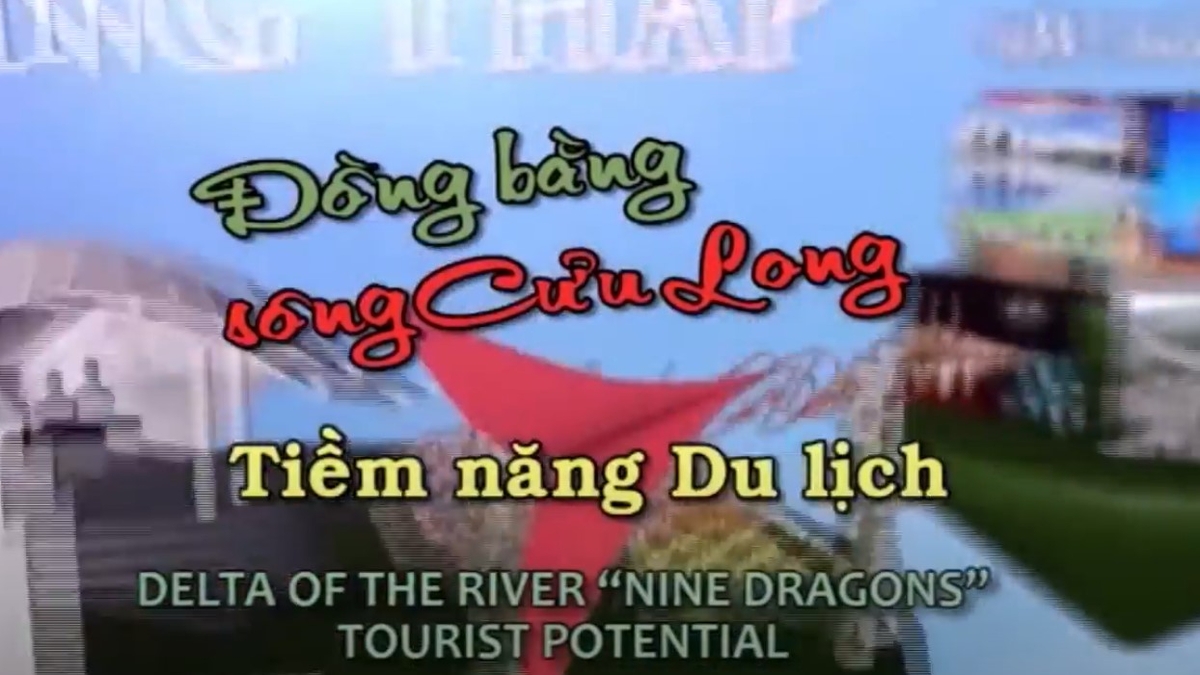



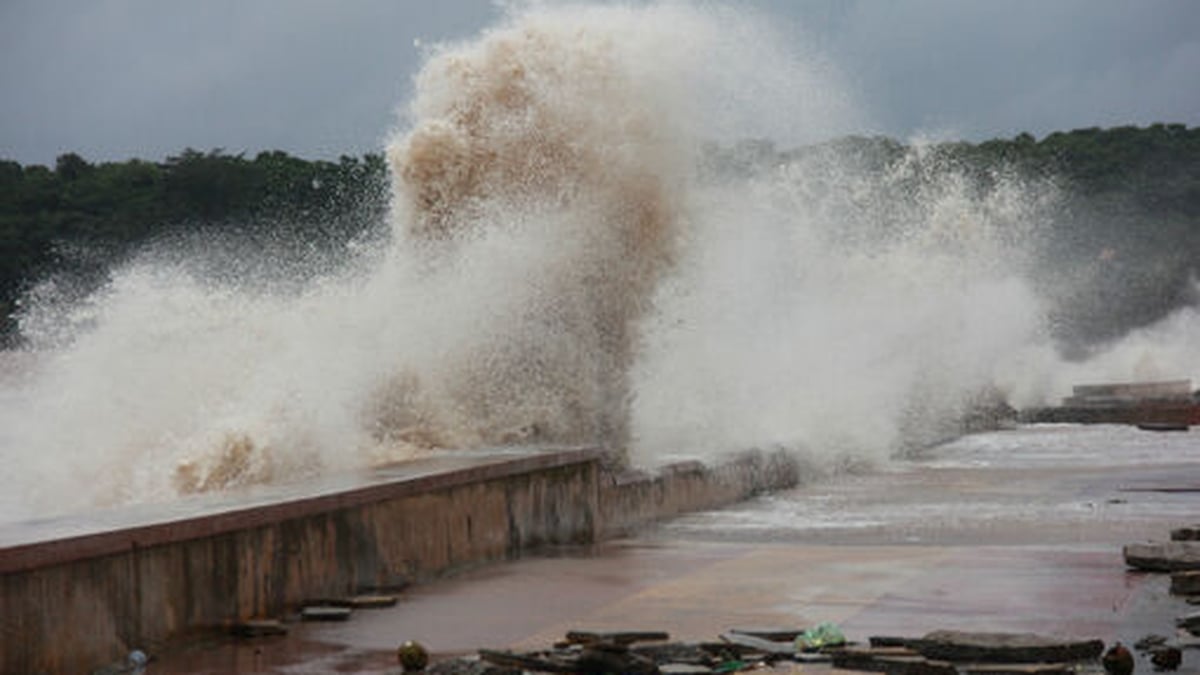
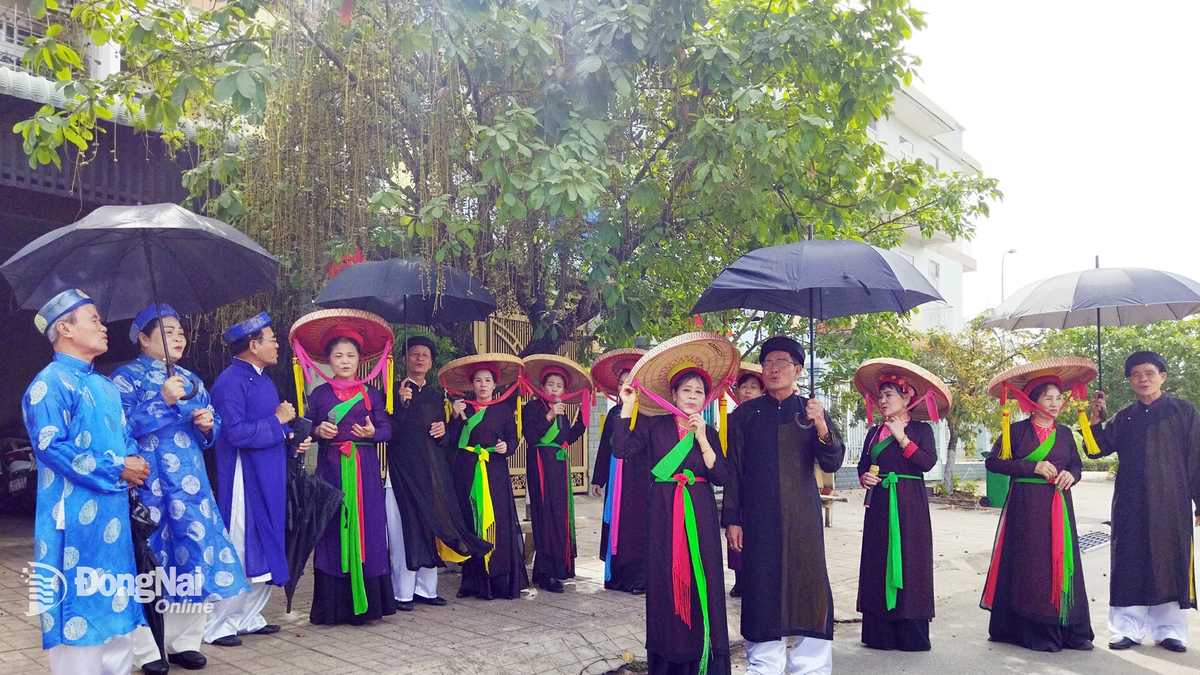
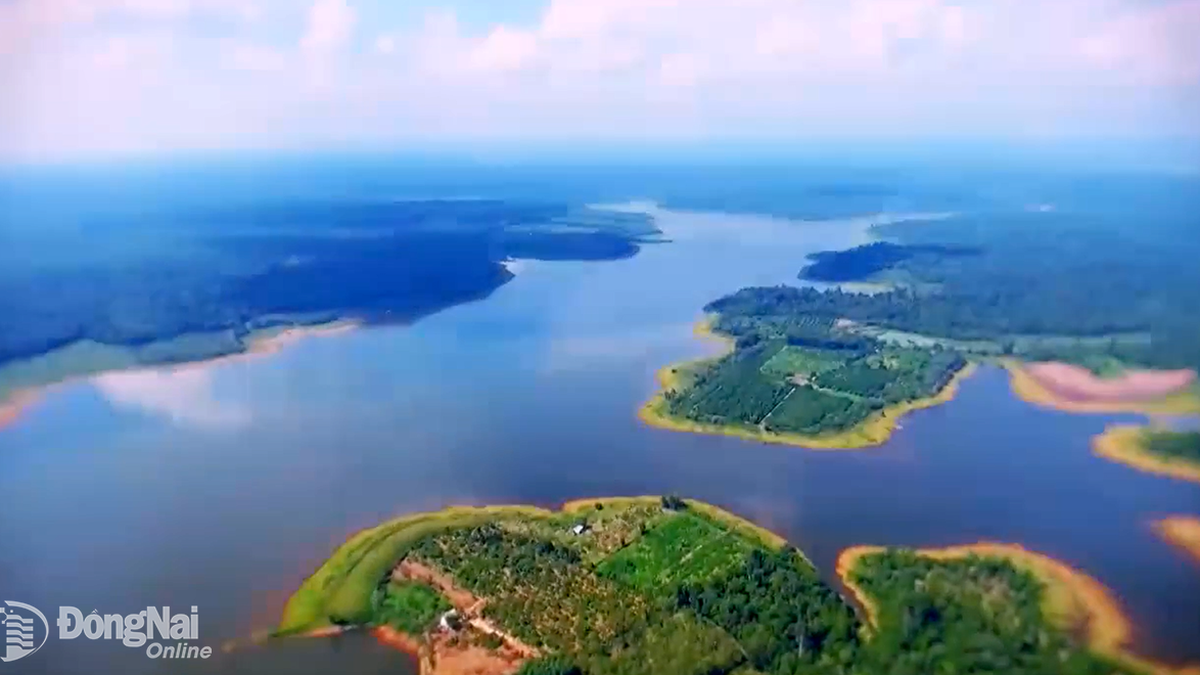
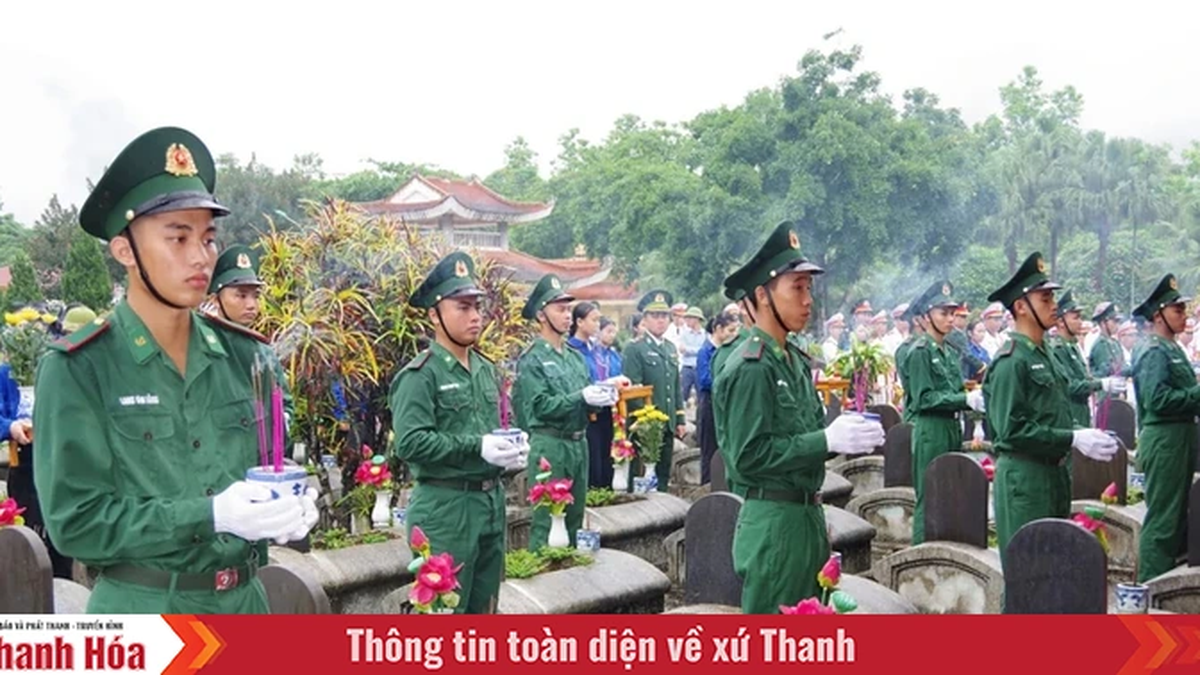
























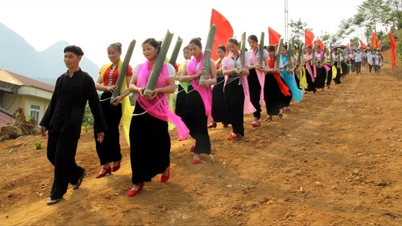




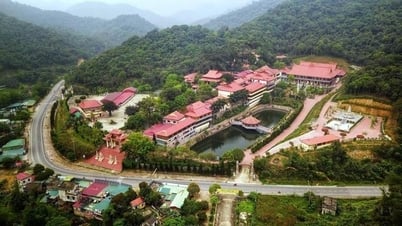









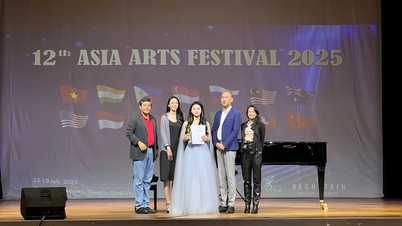


















































Comment (0)